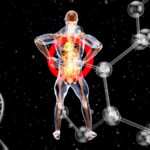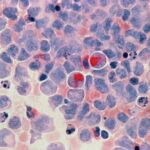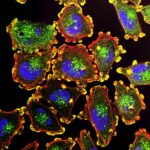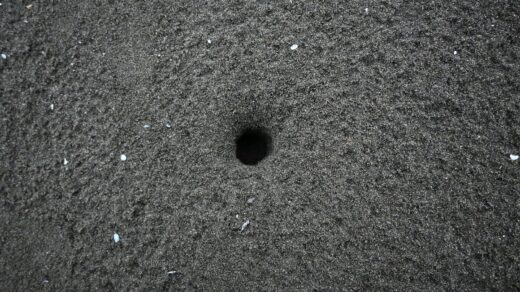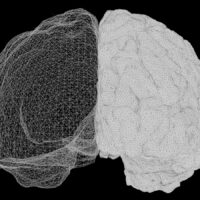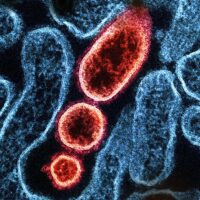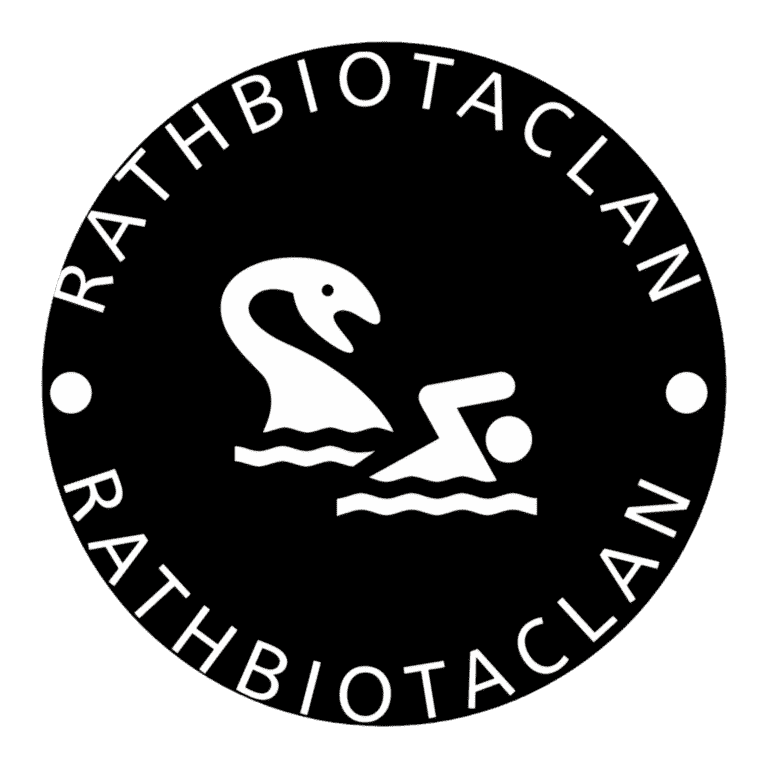Bats are kind of weird mammals even though they’re tiny, they live surprisingly long lives and hardly ever get cancer. That’s pretty unusual for mammals their size, so scientists have been curious what’s their secret?
A recent study published in Nature Communications dives into this mystery, looking at the anti-aging and anti-cancer defenses in bats (Nature). Researchers focused on fibroblast cells (which are a kind of basic cell in connective tissue) from four different bat species: Myotis lucifugus, Eptesicus fuscus, Eonycteris spelaea, and Artibeus jamaicensis. These bats come from different branches of the bat family tree and include some species that are known to live the longest. So yeah, it’s a pretty interesting group to study if you’re trying to figure out how bats beat aging and cancer.
The study revealed several unexpected findings regarding bat cells’ resistance to malignant transformation. Unlike other long-lived mammals that usually need multiple genetic “hits” before cells turn cancerous, bat cells seem to skip the long wait.
In this study, scientists found that fibroblasts from bats could be transformed with just two hits: switching off either p53 or pRb tumor suppressor genes, and activating an oncogene called HRASG12V. That was enough. It didn’t matter which bat species they tested or even the type of cell, since bat kidney cells reacted the same way. This is surprising because human cells typically need five to six hits before transforming, while mice need just two.
Bat fibroblasts don’t age in the same way ours do. They don’t go through something called replicative senescence, which is when cells basically stop dividing after a certain number of times. Instead, bat cells have active telomerase, an enzyme that keeps their telomeres (the caps on the ends of chromosomes) from shrinking. The telomerase activity was strong in their wing cells and in different organs too. Interestingly, the smaller bat species—like Myotis lucifugus and Eptesicus fuscus—showed even higher levels of this enzyme, which lines up with the general trend: smaller animals often have more active telomerase than bigger ones.
Now, you’d think that active telomerase and how easily their cells can transform would make bats prone to cancer. But that’s not the case. They have other tricks up their wings. When exposed to DNA-damaging radiation, their cells didn’t react the way ours do. Human cells usually panic and enter a kind of stress-induced aging, known as SIPS, and release a storm of inflammatory molecules (called SASP). Bat cells? Not so much.
M. lucifugus, in particular, barely showed any of those inflammation signals. All the bat species had much weaker interferon responses too another part of the immune reaction. This low-key response might be part of how bats handle their high-energy lives and constant exposure to viruses, and it might also help them avoid cancer, since inflammation is often tied to tumor growth.
Instead of going into a stressed state, bat fibroblasts tended to just self-destruct. When exposed to radiation or Nutlin-3 (a compound that mimics stress signals), bat cells leaned heavily on p53-dependent apoptosis—that’s a fancy way of saying they triggered their own cell death through p53. And their p53 levels weren’t normal either. Their cells had more TP53 transcripts and stronger baseline p53 activity than human or mouse cells.
Even more fascinating some bat species have multiple copies of the TP53 gene. M. lucifugus had seven copies (including one full extra copy and five partial ones), and E. fuscus had three. This reminds scientists of elephants, which are also famously cancer-resistant and carry multiple TP53 copies. More p53 means more ability to catch and kill dangerous cells before they become a problem. So, in a way, bats might have evolved a similar, but uniquely bat-style, strategy to keep cancer at bay.
In summary, the sources indicate a paradox: bats exhibit pro-tumorigenic cellular characteristics like a lack of replicative senescence, sustained telomerase activity, and easy oncogenic transformation in vitro. However, these are counterbalanced by anti-tumorigenic adaptations such as an enhanced apoptotic response to genotoxic stress, lower SASP, and elevated p53 activity.
The study hypothesizes that bats may rely more on non-cell autonomous tumor suppressor mechanisms, particularly enhanced immunosurveillance, to detect and eliminate pre-malignant cells in vivo. This is supported by previous studies highlighting unique immune system adaptations in bats, including reduced inflammation, expanded natural killer cell receptor families, and diverse T cell populations.
A limitation of the study is that its conclusions are primarily based on fibroblast behavior, and requirements for malignant transformation might differ in other cell types.
Reference
Research Published In Nature Communication



